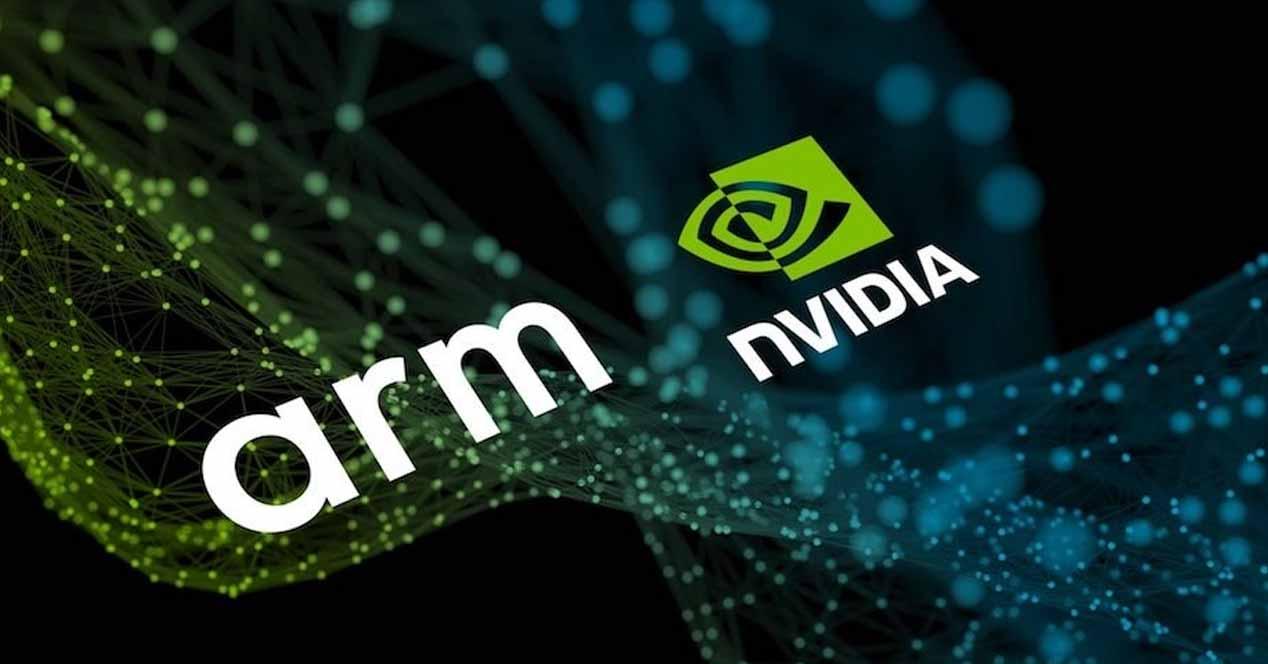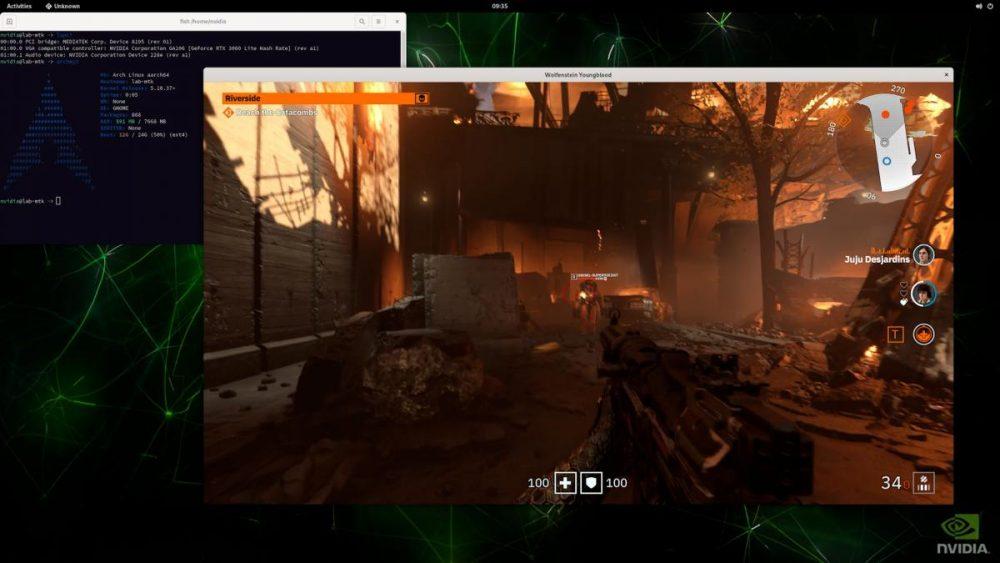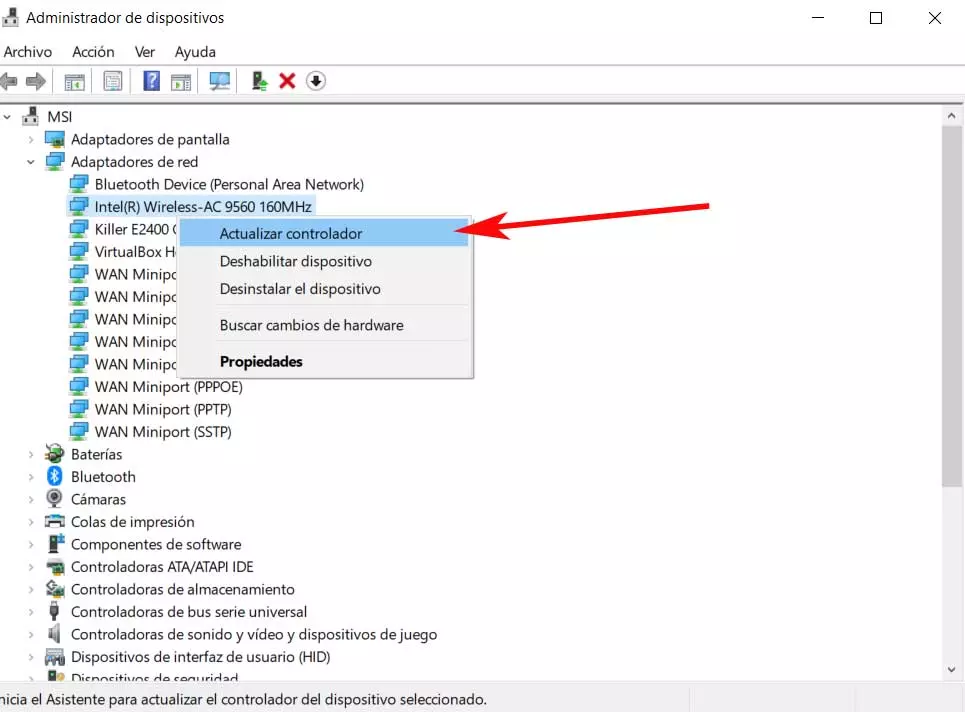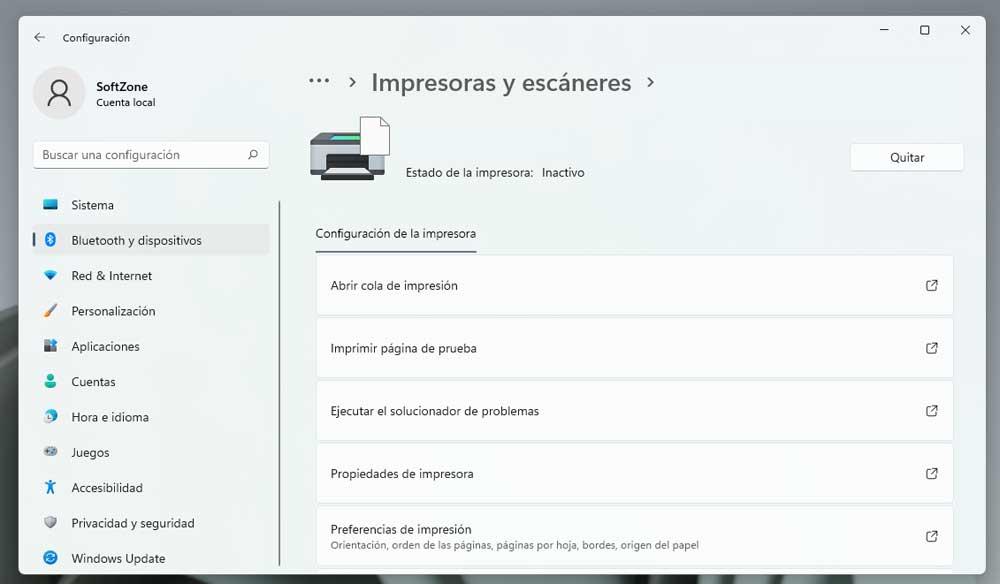
NVIDIA has been very interested in buying ARM for quite some time, and despite all the problems that they are putting to carry out their non-hostile takeover bid, the manufacturer seems to be so sure that it will come to fruition that it has already made the first technical demonstration of what the combination of the two companies can do. Thus, ray tracing technologies and even DLSS will be able to reach ARM-based systems, which means that we could see Ray Tracing even on mobile devices (not to mention that transition to ARM that many are already doing, like Apple without going further away).
NVIDIA DLSS and Ray Tracing on ARM for the first time
The two demos included Wolfenstein: Youngblood with real-time ray tracing and DLSS on an ARM-based platform for the first time ever. NVIDIA also demoed The Bistro running real-time ray tracing under ARM with RTX Direct Illumination (RTXDI) and NVIDIA Optix AI-Acceleration Denoiser (NRD) enabled.
The demos run in real time on a platform based on a MediaTek Kompanio 1200 chip combined with an NVIDIA GeForce RTX 3060 GPU. Both demos are made possible by NVIDIA porting various RTX SDKs to run on ARM devices, including:
- Deep Learning Super Sampling (DLSS), which uses Artificial Intelligence to increase FPS speed and produce sharper images in games.
- RTX Direct Illumination (RTXDI), which allows developers to add dynamic lighting to their gaming environments.
- NVIDIA Optix AI-Acceleration Denoiser (NRD), which uses AI to render high-fidelity images faster.
- RTX Memory Utility (RTXMU), which optimizes the way applications use graphics memory.
- RTX Global Illumination (RTXGI), which helps recreate the way light bounces off real-world environments.
The RTXDI, NRD and RTXMU SDKs for ARM with Linux and Chromium are out now, while they have said that RTXGI and DLSS are coming soon. If RTX technologies are redefining the gaming industry, now NVIDIA appears to be investing in new platforms to implement them, which is great news because it means that gamers will have more options.
“For NVIDIA to extend RTX support to ARM and Linux has the potential to benefit games and industries such as automotive, where leading manufacturers use the Unreal Engine not only for design visualization, but also for entertainment and digital booths.”said Nick Penwarden, vice president of engineering at Epic Games, “We always welcome the most powerful features and SDKs that can be leveraged across multiple platforms.”




